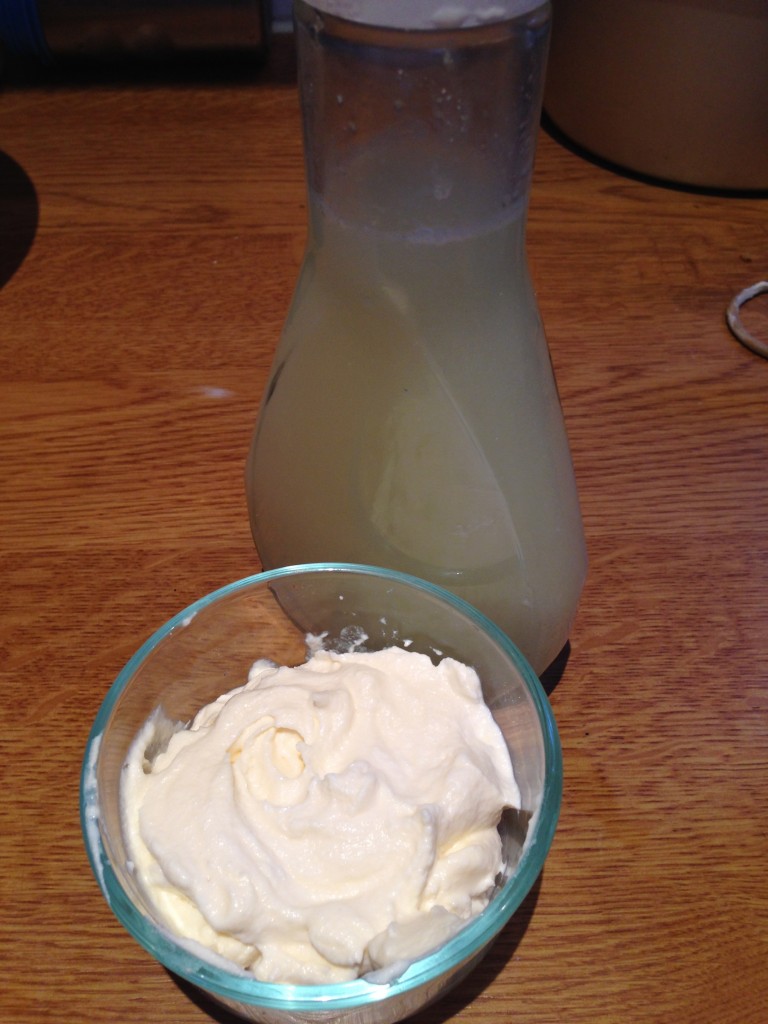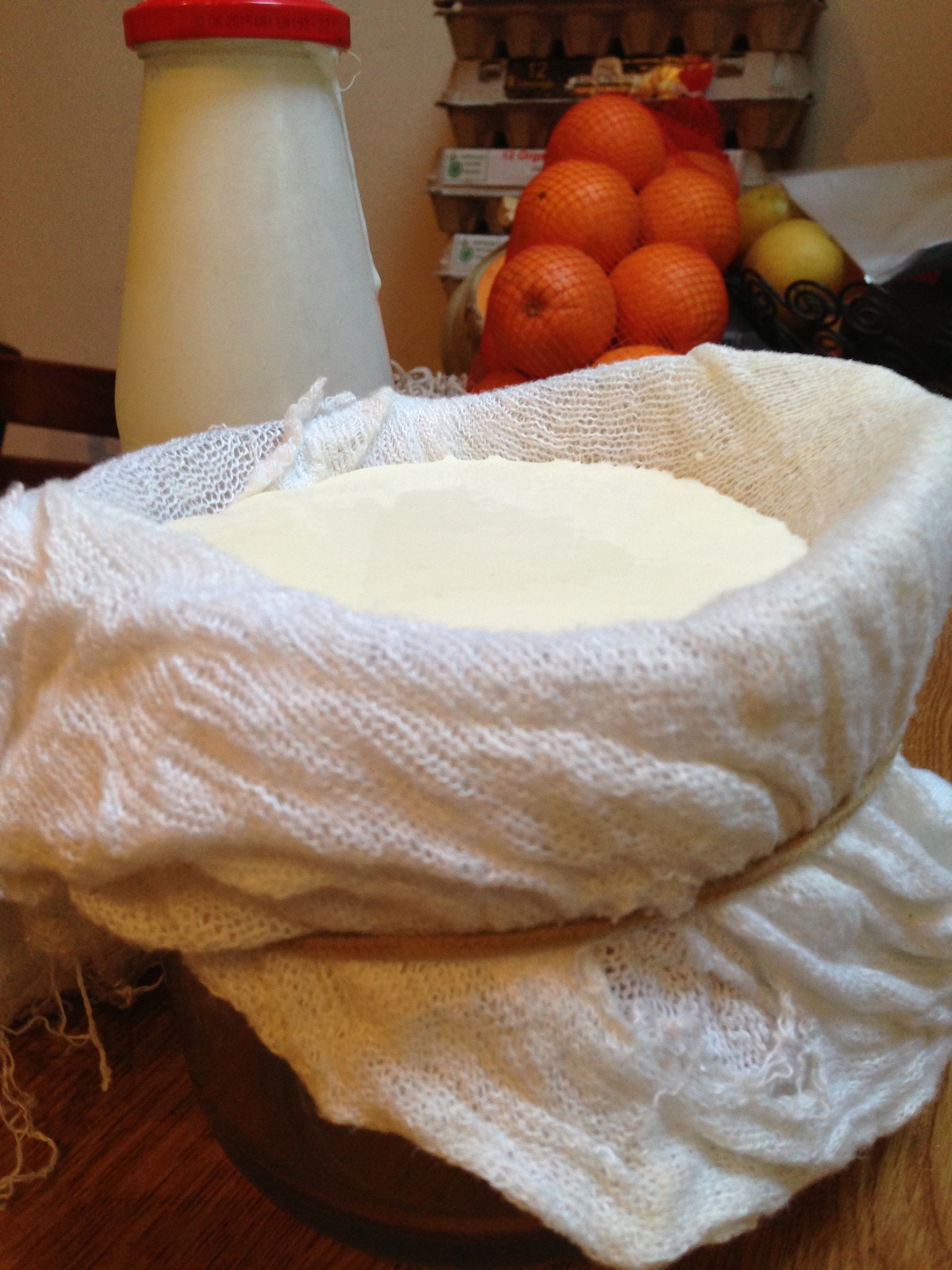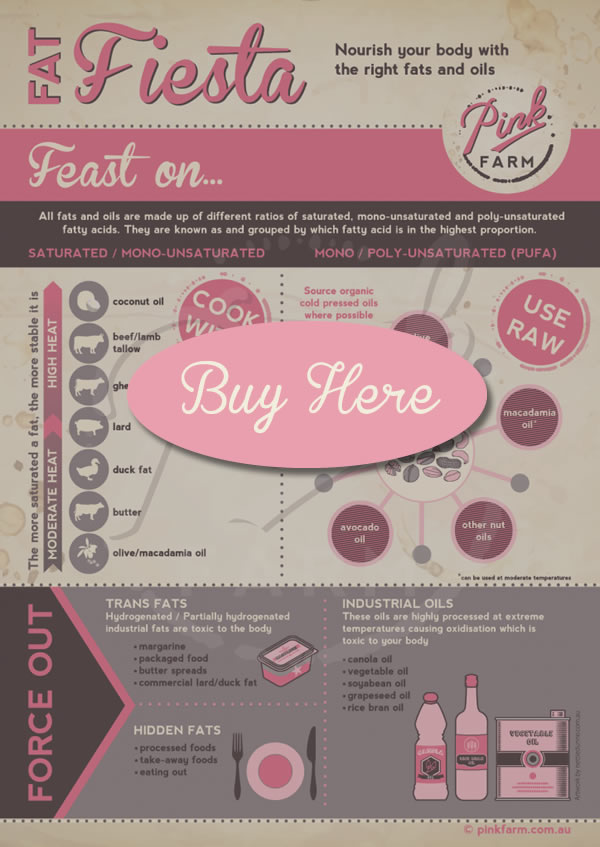Whey To Go!

You may have seen us mention the use of whey in several of our recipes in preparation of grains or legumes. Whey is a useful tool in our kitchen. Not only is whey rich in protein and many minerals, it can also help digestion and “it is a remedy that will keep your muscles young…your joints movable and ligaments elastic” (Fallon)
We add 1 to 2 Tbs of whey when soaking our grains, legumes, flours or seeds in water for a minimum of 6 hours or overnight before using them in meals. We try to only eat grains that have been properly prepared by soaking, sprouting or fermenting first, particularly if the grains contain gluten.
Whilst soaking grains can seem like a tedious task that requires planning ahead the benefits are worth the effort. We value these traditional practices that our ancient ancestors adopted and which accord well with what modern science has discovered about grains. “…a diet high in unfermented whole grains may lead to serious mineral deficiencies and bone loss” (Fallon)
All grains, nuts, seeds & legumes contain phytic acid which is an anti-nutrient that blocks the absorption of minerals such as iron, calcium, magnesium, copper, iron and zinc through the gut. Soaking grains in water with a little whey, breaks down and neutralises the anti-nutrient effect of the naturally occurring phytic acid. Soaking also encourages the production of numerous beneficial enzymes that increases the amounts of many vitamins especially B Vitamins and can also partially break down difficult to digest proteins such as gluten (read more about this here)
Whey is easy to access if you are into the swing of making kefir. It can also be extracted from regular plain yoghurts. We recommend finding a yoghurt made with whole cream milk WITHOUT milk solids.


- Milk Kefir Or Plain Yoghurt
- Place some cheese cloth on the top of a tall jug, secured with a rubber band
- Pour the kefir or yoghurt into the cloth. The cloth may need to be doubled so that it is thick enough for the whey to drip through and not allow any of the yoghurt or kefir through. If the liquid dripping is white, the cloth is too thin.
- If you are in the tropics or a hot climate, place in the fridge to drip. Colder weather Ok to drip on the bench overnight.
- You will be left with a thick labne cheese in the cloth with a clear greenish coloured liquid dripped through. This liquid is the whey.
- Keep the whey in a glass jar in the fridge.
- We store our whey in a glass jar in the fridge and it can keep for months. However, whey with a higher lactobacilli content will enhance the predigestion of anti-nutrients. The fresher your whey the more lactobacilli it will contain.
- Kefir cheese or labne can then be enjoyed plain or with the addition of herbs and spices, olive oil, lime juice etc. Yummy served on carrots.











 "Pinkfarm” has been created by 2 friends on a real food journey; learning, sharing, creating, inspiring and challenging politically correct nutrition. A country girl living on a farm on the beautiful Atherton Tablelands with a bustling house of 5 children and a city girl living in a metro Sydney townhouse with 1 beautiful son.
"Pinkfarm” has been created by 2 friends on a real food journey; learning, sharing, creating, inspiring and challenging politically correct nutrition. A country girl living on a farm on the beautiful Atherton Tablelands with a bustling house of 5 children and a city girl living in a metro Sydney townhouse with 1 beautiful son.







